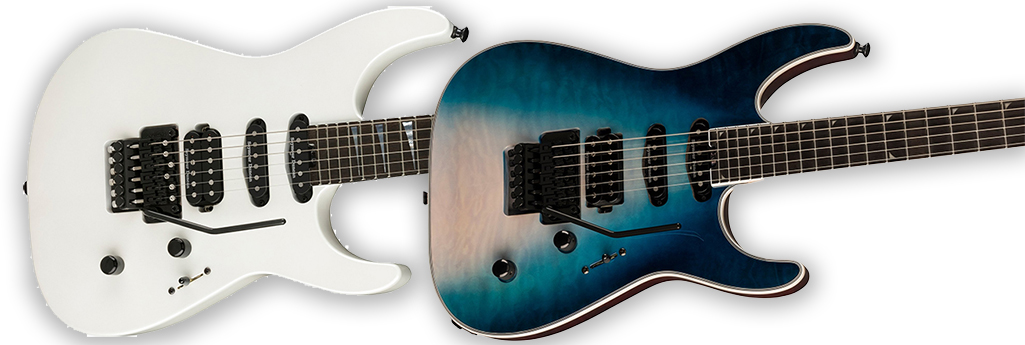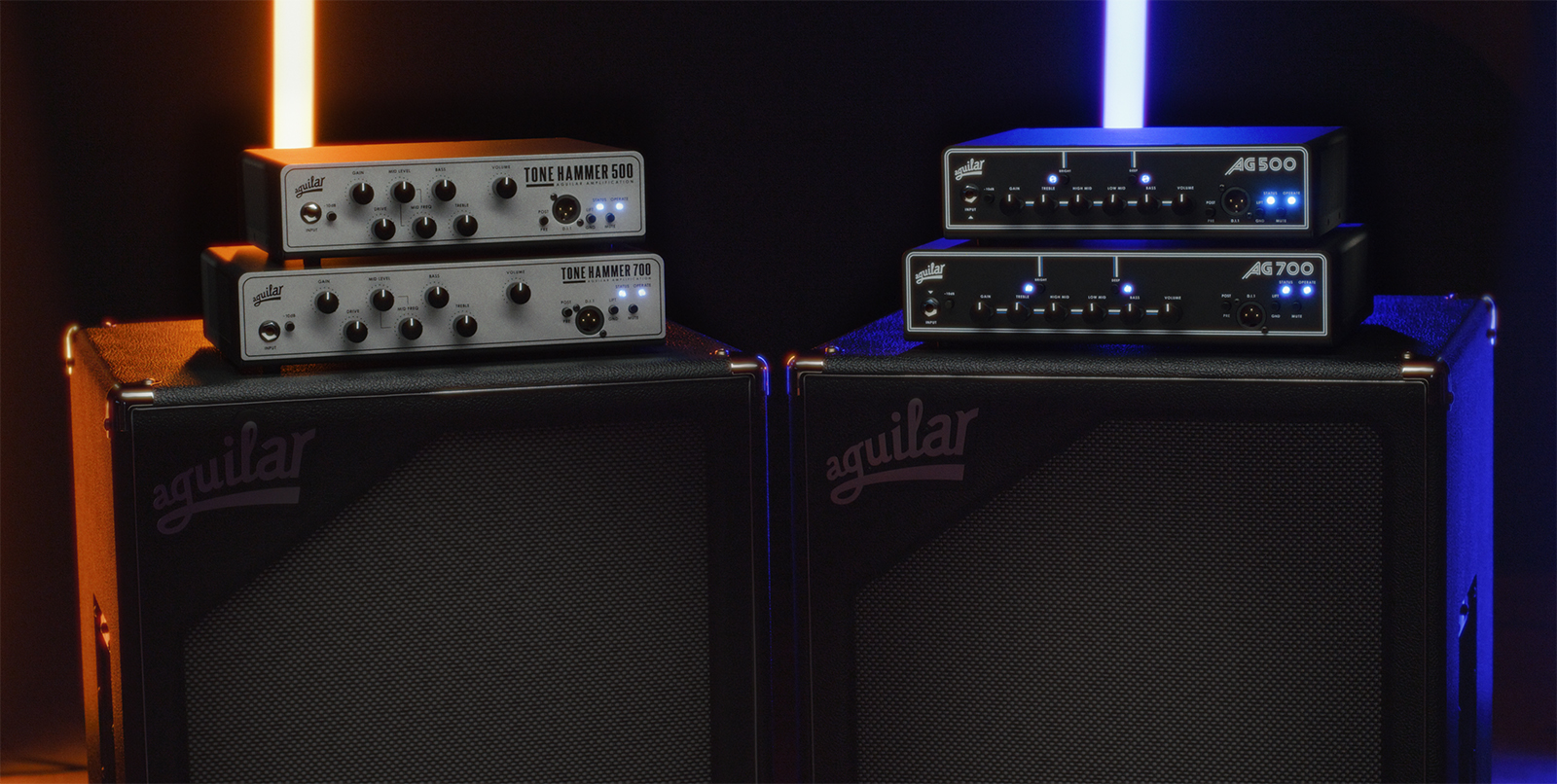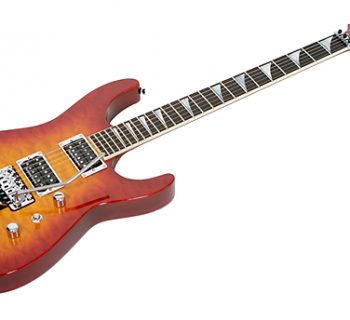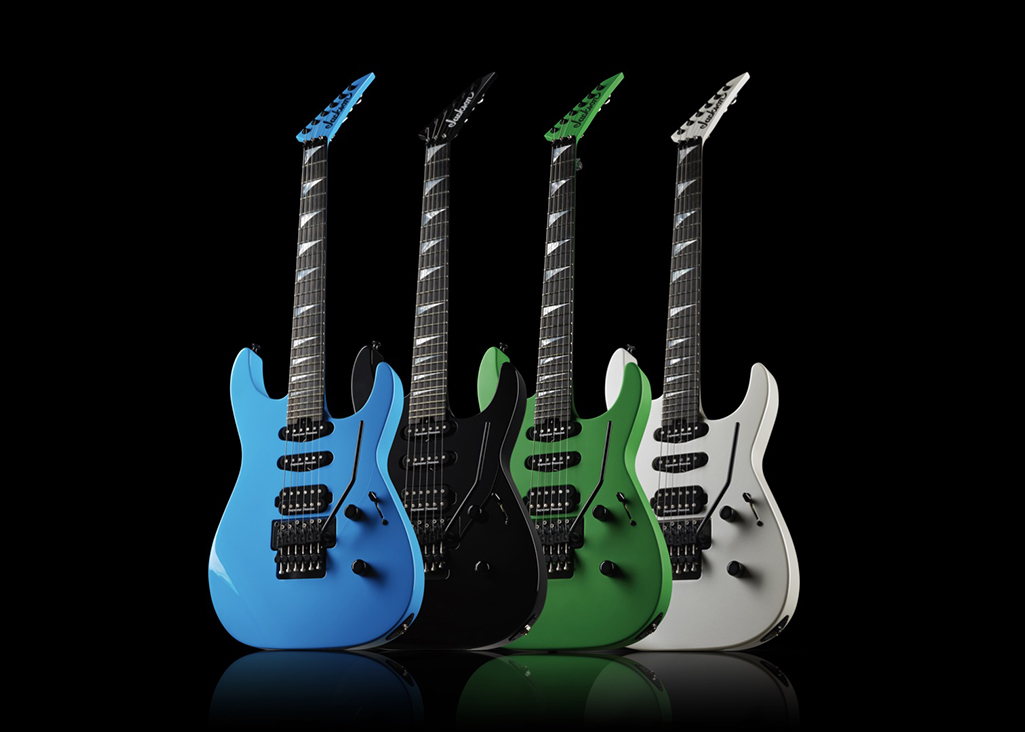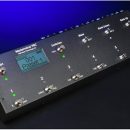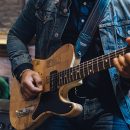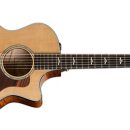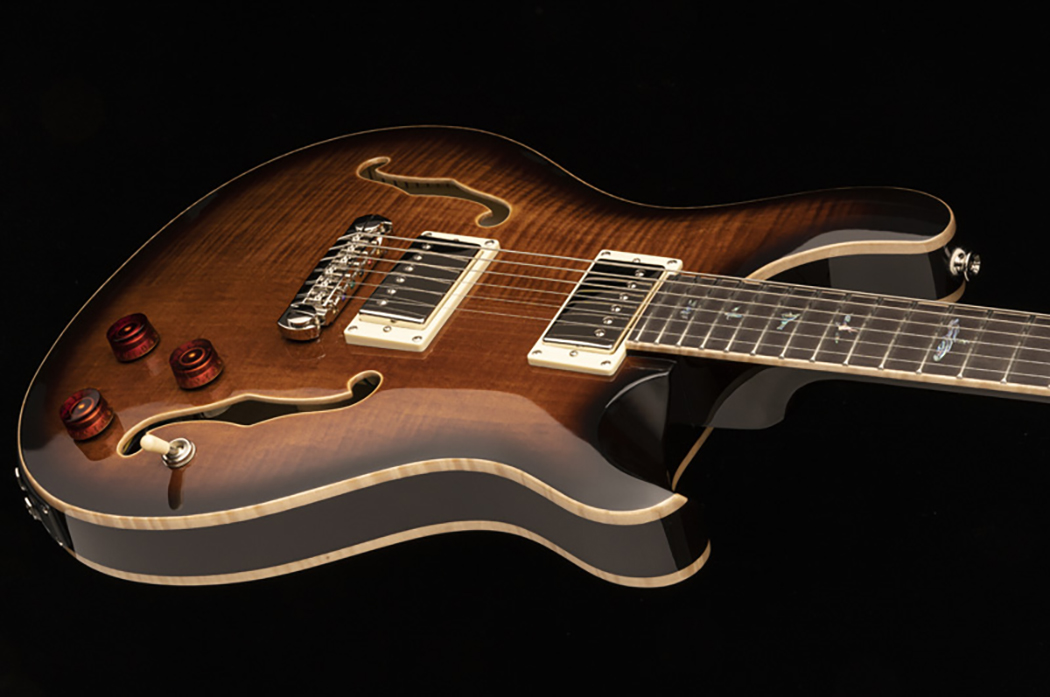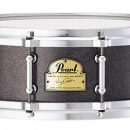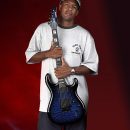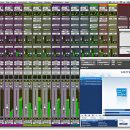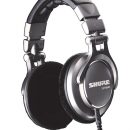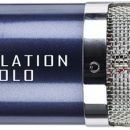We’ll cut right to the chase on this one: the new Pro Plus series guitars are wonderful instruments that look great, play great, and sound great. In fact, when we put the Chinese-manufactured Pro Plus Soloist up against the USA equivalent in a blind shoot-out, our reviewer actually preferred it to the pricier model overall.
If you’re a longtime Jackson fan, then you’ll no doubt be aware of the only appreciable difference between the Soloist and Dinky models: the Soloist has neck-thru construction and the Dinky has a bolt-on neck (and if you’re new to the guitars, hey, now you know!). But if only it were that simple to choose between models, because in the case of the Pro Plus series, different pickups result in guitars with notable sonic differences.
Features
Both guitars are nearly identical as the specs below reveal. Jackson really delivers a nice chunk of value in these guitars as they are equipped with two or three popular Duncan pickups, a licensed Floyd Rose 1000-series, double-locking tremolo, and they each sport Jackson’s renowned compound radius fretboard, a detail many builders typically leave off their more affordable import models.
Our only complaint: the included gig bag is literally only useful for safe padding in a mail-order shipping box. It does nothing to actually secure the guitar in place, and padding is minimal. Fortunately, these guitars are so well priced that you should have plenty of cash left over for a higher-quality case.
| Jackson Pro Plus Dinky DKAQ | Jackson Pro Plus Soloist SLA3Q | |
| Body |
|
|
| Neck |
|
|
| Bridge |
|
|
| Pickups |
|
|
| Tuners |
|
|
| Case |
|
|
| Other |
|
|
| MAP | $1,299.99 | $1,599.99 |
Usability
These guitars play great, and it would be repetitive to write about each one individually. They each feature classic Jackson neck profiles, and the compound radius fretboard flattens out as you move up the neck, going from comfortable rhythm playing in the lower frets to a flatter, shreddier feel in the upper reaches for your lead work.
Of course, the Soloist automatically gets the slight edge for playability if you’re a shredder who loves woodshedding above the 12th fret. You can’t beat a neck-thru design for easy access to the highest frets. But the sculpted heel on the Dinky still provides more than enough clearance for most players. It’s certainly a superior neck heel to the vintage Fender design that still adorns the majority of Strat-style guitars today.
Each guitar features a single volume and tone control, and a five-way blade switch. Here, the functionality differs because on the Soloist, you have a pair of single-coil pickups in the middle and neck position. Jackson provides interesting pickup selections resulting in only one single-coil pickup position: the neck pickup. All other positions feature a combination of the humbucker or a split of the humbucker along with either of the single-coil pickups.
Soloist Pickup Selection:
Position 1. Bridge Pickup
Position 2. Inner Coil of Bridge and Middle Pickup
Position 3. Neck and Bridge Outer Coil
Position 4. Neck and Middle Pickup
Position 5. Neck Pickup
In the case of the Dinky’s two humbuckers, all positions are hum cancelling.
Dinky Pickup Selection:
Position 1. Bridge Pickup
Position 2. Bridge Outer Coil and Neck Inner Coil
Position 3. Bridge and Neck
Position 4. Bridge Inner Coil and Neck Outer Coil
Position 5. Neck
Both guitars ship with 0.009-0.042 strings, so bending notes against the jumbo frets is a breeze.
Sound
Both guitars sound great, but they feature different pickups, resulting in a slightly different sound. Overall, though, they’re both solidly in the same ballpark, and each is capable of delivering a variety of tones that will work for everything from metal to rock to pop. These are extremely versatile-sounding guitars.
Our personal favorite has to be the sound of the Dinky, though. The classic combination of Duncan JB and ’59 humbuckers is legendary for a reason. Together they offer a beautiful range of tones that cover everything from classic hard rock to modern metal, and they work great in this okume body. The Soloist’s bridge humbucker comes close tone-wise, but is slightly more compressed and suited to modern metal mayhem. Both do a great job, but if your taste leans more towards classic hard rock, hair metal, and prog rock, the JB humbucker gets the nod.
We also performed a direct comparison between the import Pro Plus Soloist and its USA counterpart and found that when it comes to Sound and Usability, you really can’t go wrong with either one. Check out that comparison here!
Documentation and Support
We’re cutting Jackson a little bit of slack for the lack of printed manuals because they do maintain a robust website full of useful production information, along with good email support. We would prefer to see more model-specific care details, though, but these guitars certainly aren’t going into the hands of a new player, and anyone familiar with Floyd Rose-style tremolos will be right at home making setup adjustments.
Guitars have a two-year warranty.
Price
The Jackson Pro Plus Soloist SLA3Q sells for $1,599.99.
The Jackson Pro Plus Dinky DKAQ sells for $1,299.99
These prices may seem high to some players given that they are import models, but as our numerous tests confirmed, they play and sound no different than the pricier USA editions. With that in mind, these are well priced instruments that deliver a lot of features for the price. Just do yourself a favor and replace the cheap gig bag. You’ll want better protection for either of these beauties.
Contact Information
Jackson Guitars
www.jacksonguitars.com






